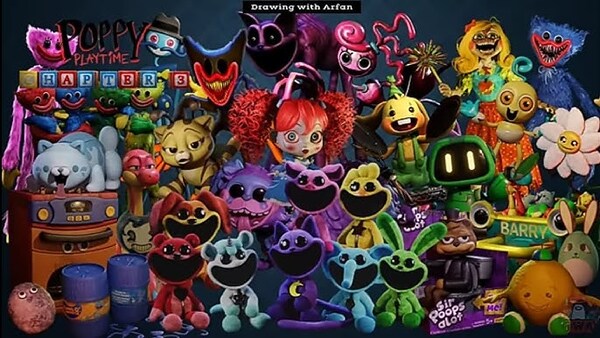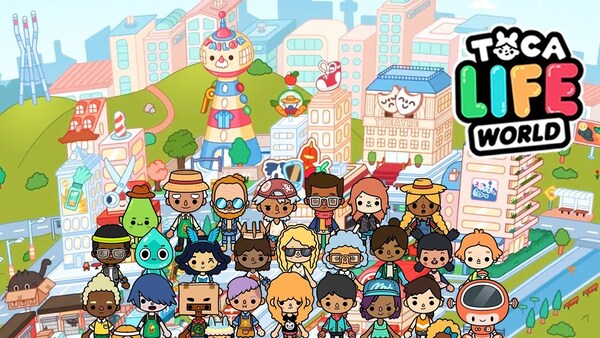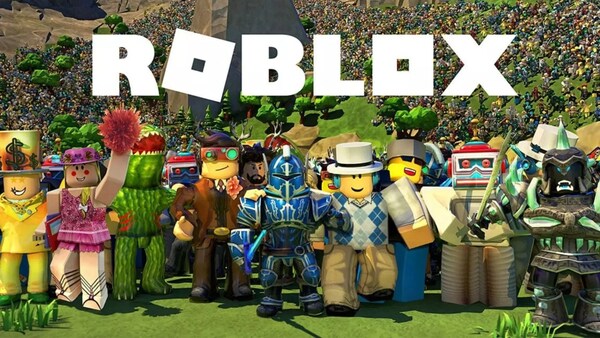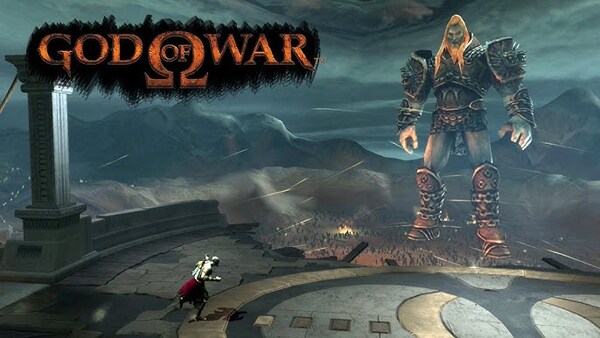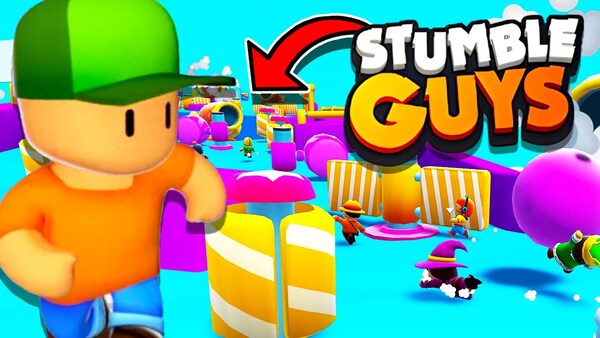
Poppy Playtime
All trademarks belong to their respective owners.
Advertisement
Popular Now
Introduction
Poppy Playtime has captured widespread attention for its eerie atmosphere, unsettling characters, and jump scares, becoming a hit for both puzzle enthusiasts and horror fans. The game's premise is set in an abandoned toy factory where the player must unravel the mystery behind its workers’ disappearance, all while evading monstrous toys. However, concerns have arisen about its horror mechanics, especially given the game’s popularity with younger audiences. This article examines how these elements impact the player base and whether the game is suitable for children.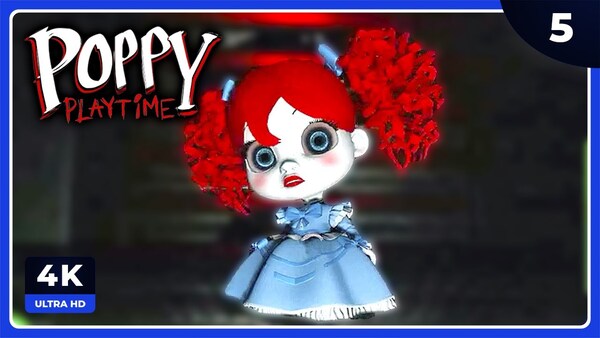
1. The Rise of Poppy Playtime
Released in 2021, Poppy Playtime garnered rapid popularity due to its combination of exploration, puzzle-solving, and horror. Players navigate the factory, solving puzzles and avoiding terrifying toys like Huggy Wuggy. This unique mix helped propel the game’s success but also led to debates about its content being suitable for younger players.2. Horror Mechanics: The Core of the Game
The game’s horror mechanics are a key part of its identity, with jump scares, eerie sound effects, and a tense atmosphere. Huggy Wuggy’s appearance throughout the game escalates the fear factor, with chase sequences and disturbing encounters that enhance the horror experience. However, the frequency and intensity of these elements may be overwhelming, particularly for younger players.3. Jump Scares and Psychological Impact
Poppy Playtime relies heavily on jump scares to create tension and fear. While these are effective for horror fans, they may cause distress to younger players. The game’s unpredictability, combined with its intense chase scenes, can be anxiety-inducing, raising concerns about the emotional impact on its audience.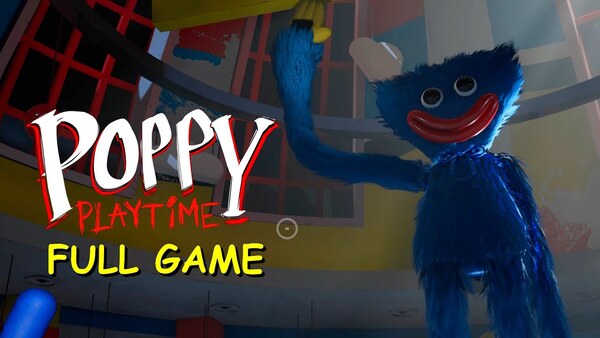
4. Age-Appropriateness of Poppy Playtime
Despite its popularity among children, the game's horror content has raised concerns about its suitability for younger players. Parents and critics have questioned whether such intense horror elements are appropriate for children under a certain age, especially since the game has gained significant traction through platforms like YouTube, where children watch others play it.5. The Role of Game Developers in Content Design
MOB Games, the developer of Poppy Playtime, faces ethical questions regarding its responsibility to protect younger players from distressing content. While the game’s design is meant to be thrilling, its use of horror mechanics may require reconsideration to ensure it doesn’t unintentionally traumatize younger audiences.6. The Influence of the Fan Community
The Poppy Playtime fan community plays a significant role in the game's success. The fans’ enthusiasm for the game amplifies its horror elements, often producing fan content that further heightens the scare factor. However, this can contribute to the normalization of intense horror for younger audiences, increasing concerns about their exposure to such material.7. Toy Horror: The Disturbing Use of Innocent Characters
The game’s subversion of the childhood image of toys adds another layer of discomfort. Toys, often associated with innocence and fun, are transformed into terrifying entities, which raises concerns about the psychological impact on children who may struggle to differentiate between fantasy and reality.